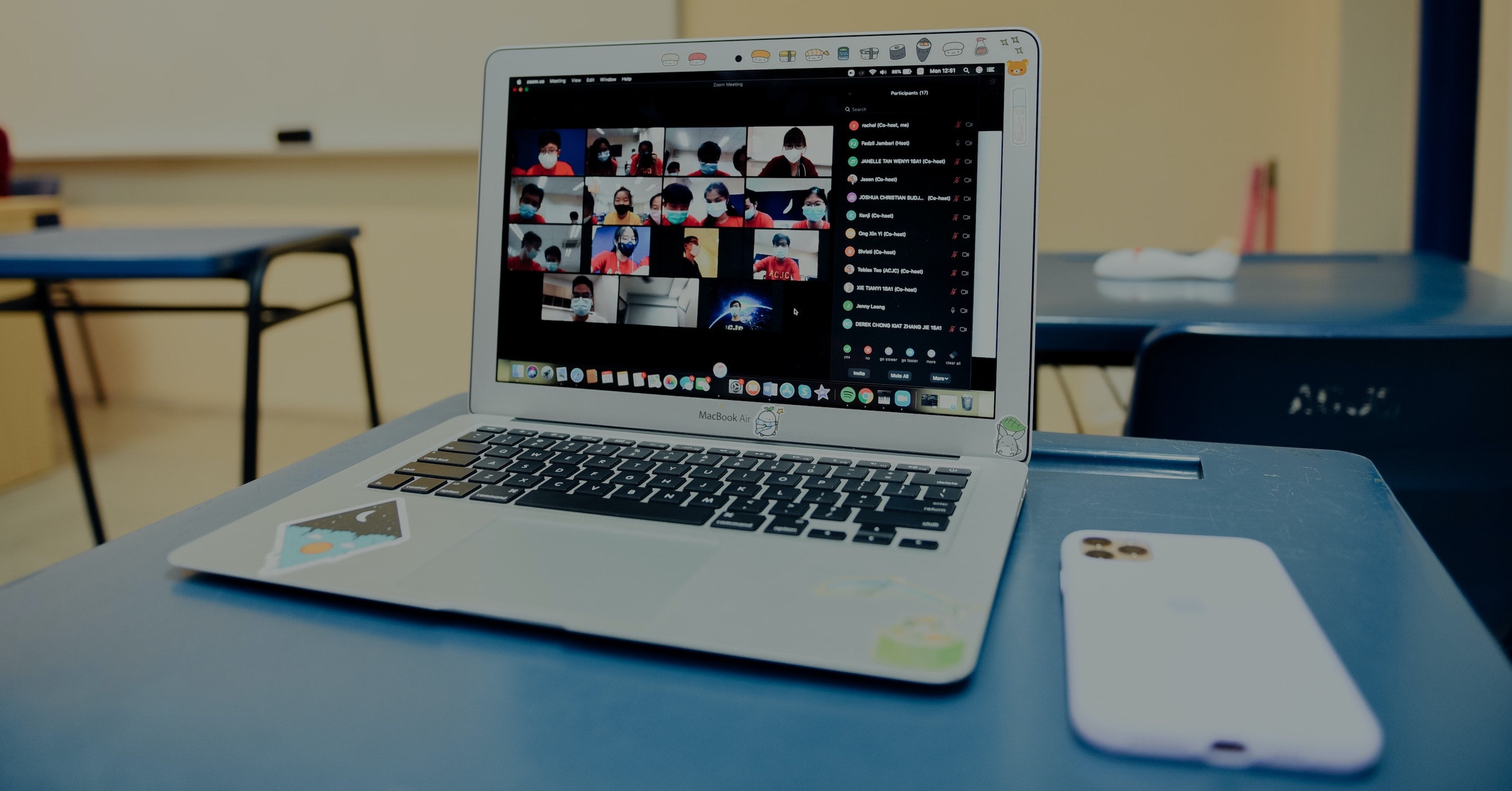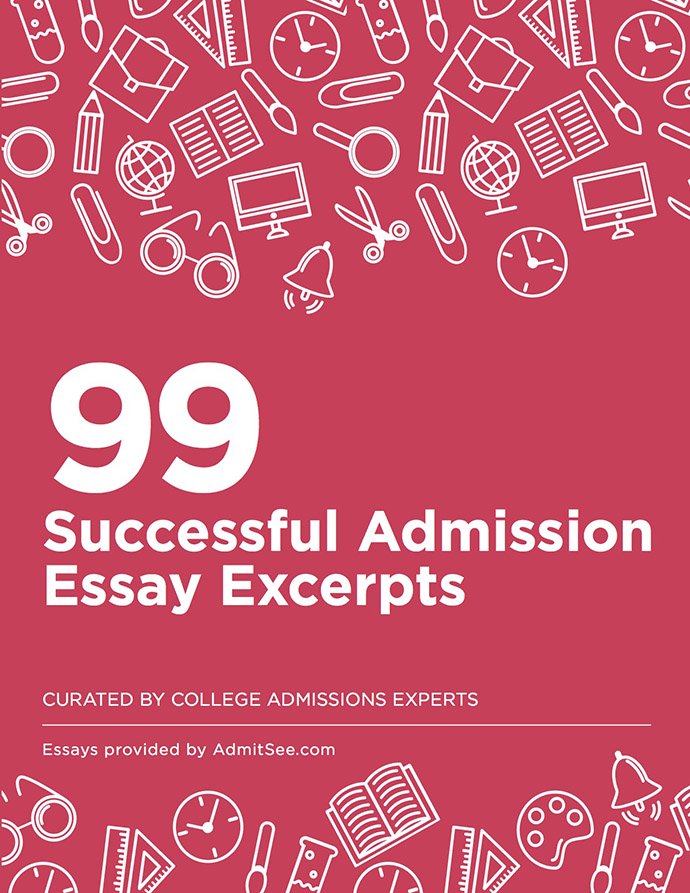
However, in 2014, only 3 states were under the recommended student to counselor ratio. The rest struggled to maintain a ratio under approximately double the suggested size. Overall, the United States ratio continues to trend upwards; in 2012, the national average was around 460:1. In 2014, the ratio rose to 491:1.
So what, exactly, is causing this problem? One study from UMass suggests that it might be a problem of underfunding. With public schools having trouble keeping programs available due to a lack of funding, it inevitably gets harder for students to continue to pursue those areas of study at school. This underfunding is also directly impacting counselors, as available jobs are cut, and current counselors are forced to take on an even larger load of students. Whatever the reason may be, it’s important that counselors continue to be an influence in high schools across the nation. School counselors play a huge role in a student’s life, and it’s crucial that students have personal interactions with them.
Just how much of a problem is the rising student to counselor ratio? As the number increases, more students are losing access to the professionals that can help with the larger educational decisions, like where to apply to college, what classes to take, and what course of study to pursue. Is this question one that should be addressed on a state and federal level? Can education technology companies provide support and find ways to work with counselors in a new way?
Sources: ASCA, US News, NEA Today, Counseling.org, UMass.
















 Back
Back